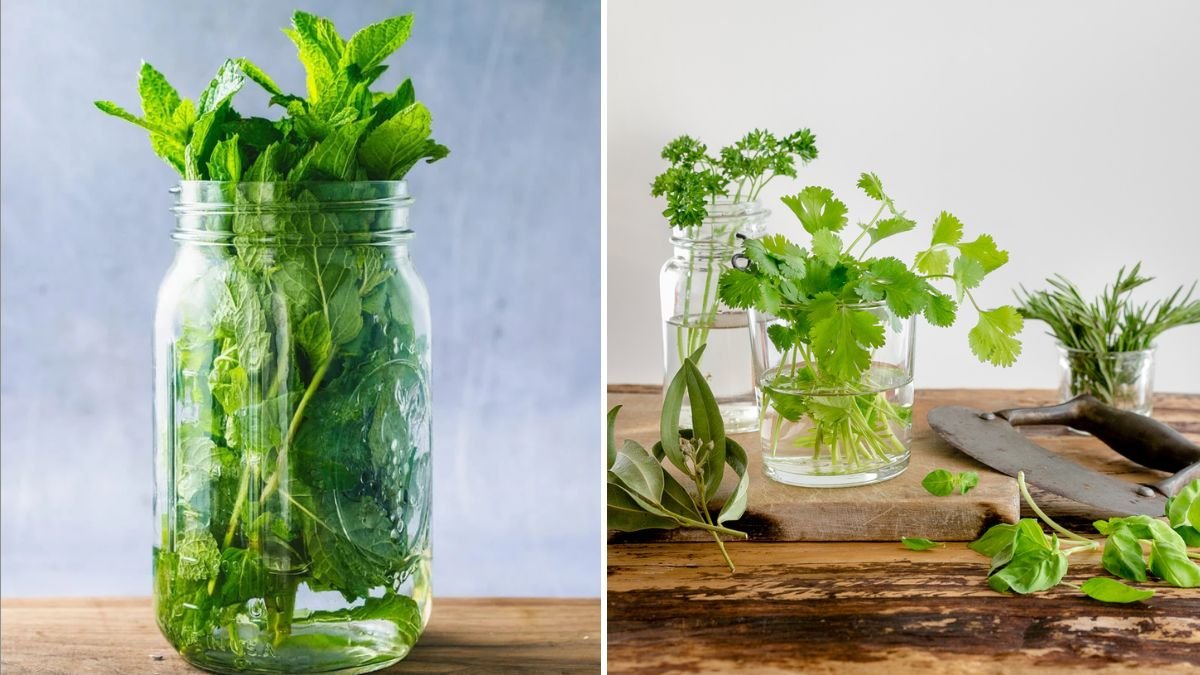Fresh herbs are a gardener’s treasure and a chef’s best friend, adding vibrant flavors, aromas, and nutrients to dishes. From fragrant basil to robust rosemary, fresh herbs can elevate meals and bring garden freshness indoors. However, one of the biggest challenges for herb lovers is keeping fresh herbs vibrant and usable for longer periods after harvesting or purchase.
Without proper storage, herbs wilt, lose flavor, and spoil quickly, leading to waste and frustration. Fortunately, there are several proven methods to extend the life of fresh herbs, preserving their taste, texture, and nutritional value.
In this article, we will explore how to store fresh herbs so they last longer, including the best practices for different herb types, tips for preparation, storage techniques, and how to revive herbs that are beginning to wilt.
Why Proper Herb Storage Matters
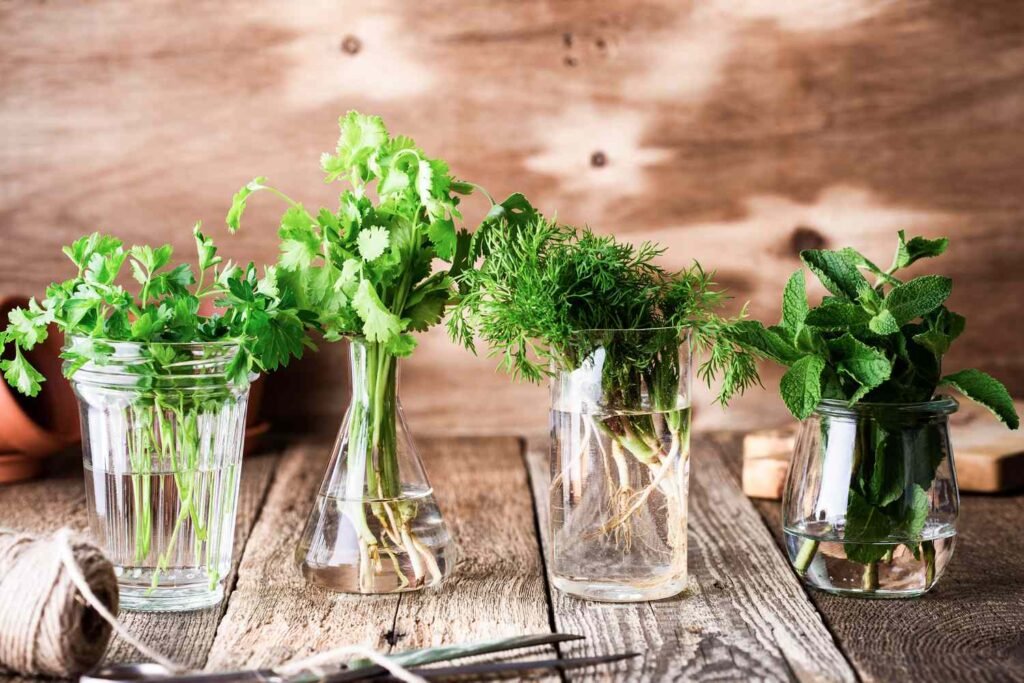
Fresh herbs are delicate; their leaves lose moisture quickly and are prone to bruising and decay. Proper storage:
- Preserves flavor and aroma: The volatile oils responsible for herbs’ unique taste and scent degrade rapidly after harvest.
- Maintains texture: Prevents limp, soggy, or dried-out leaves.
- Reduces waste: Extends usability and reduces the need to constantly buy or harvest fresh herbs.
- Saves money: Buying herbs in bulk or growing your own becomes more cost-effective.
Understanding the specific needs of each herb type is key because not all herbs store the same way.
Categorizing Herbs: Tender vs. Woody
Herbs fall into two main categories based on their structure:
- Tender Herbs: Soft, leafy herbs with delicate stems, such as basil, parsley, cilantro, chervil, and dill.
- Woody Herbs: Hardier herbs with sturdy, woody stems, such as rosemary, thyme, oregano, sage, and mint.
This distinction is important because it influences the ideal storage method.
Preparing Herbs for Storage
Before storing, follow these steps to maximize freshness:
- Inspect and Remove Damaged Leaves: Discard any yellowed, wilted, or bruised leaves.
- Wash Gently: Rinse herbs under cold water to remove dirt and insects. Be gentle to avoid bruising.
- Dry Thoroughly: Excess moisture accelerates decay. Use a salad spinner or pat dry with paper towels until herbs are mostly dry.
Best Storage Methods for Tender Herbs
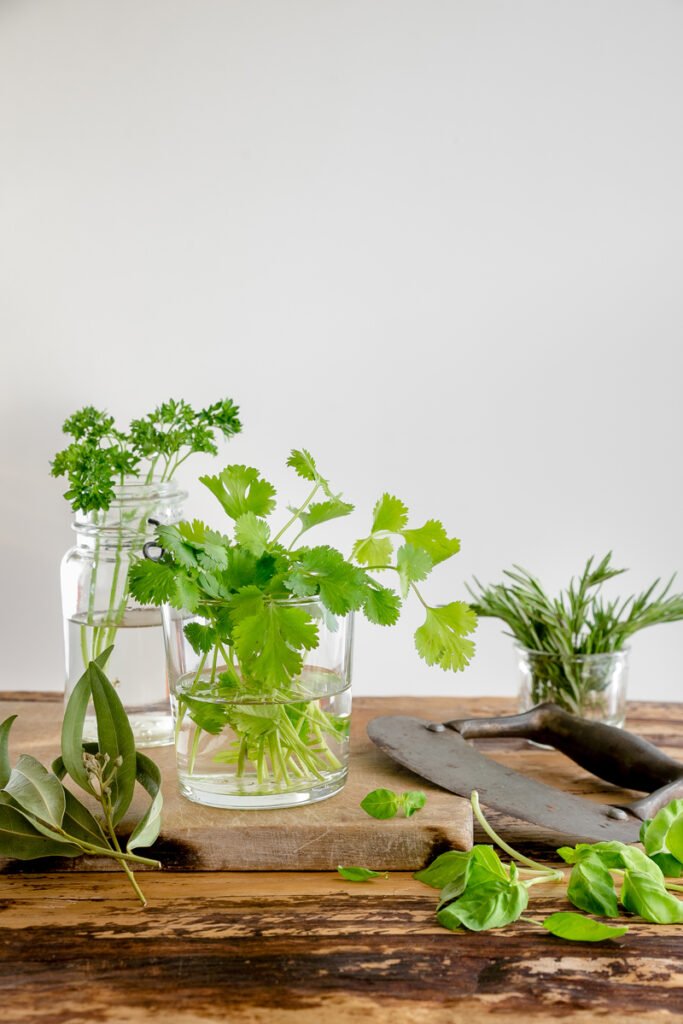
1. Herbs in Water (Like Cut Flowers)
Many tender herbs store best when treated like fresh-cut flowers.
Method:
- Trim the stems as you would for flowers, removing any lower leaves that would be submerged.
- Place the herbs upright in a jar or glass filled with an inch or two of clean, cold water.
- Loosely cover the herbs with a plastic bag to create a mini-greenhouse effect.
- Store the jar in the refrigerator (except for basil, which prefers room temperature).
Benefits:
- Keeps herbs hydrated.
- Basil stored this way can last up to 2 weeks.
- Parsley, cilantro, and dill also remain fresh longer using this method.
2. Wrap in Damp Paper Towels
If space is limited, tender herbs can be wrapped in damp (not wet) paper towels.
Method:
- Lay herbs on a damp paper towel and gently roll them up.
- Place the roll inside a resealable plastic bag or airtight container.
- Store in the refrigerator’s crisper drawer.
Benefits:
- Maintains humidity around herbs.
- Good for parsley, cilantro, and chervil.
- Can keep herbs fresh for 5-7 days.
3. Store in Airtight Containers
Some delicate herbs like chervil are best stored in airtight containers lined with a paper towel to absorb excess moisture.
Best Storage Methods for Woody Herbs
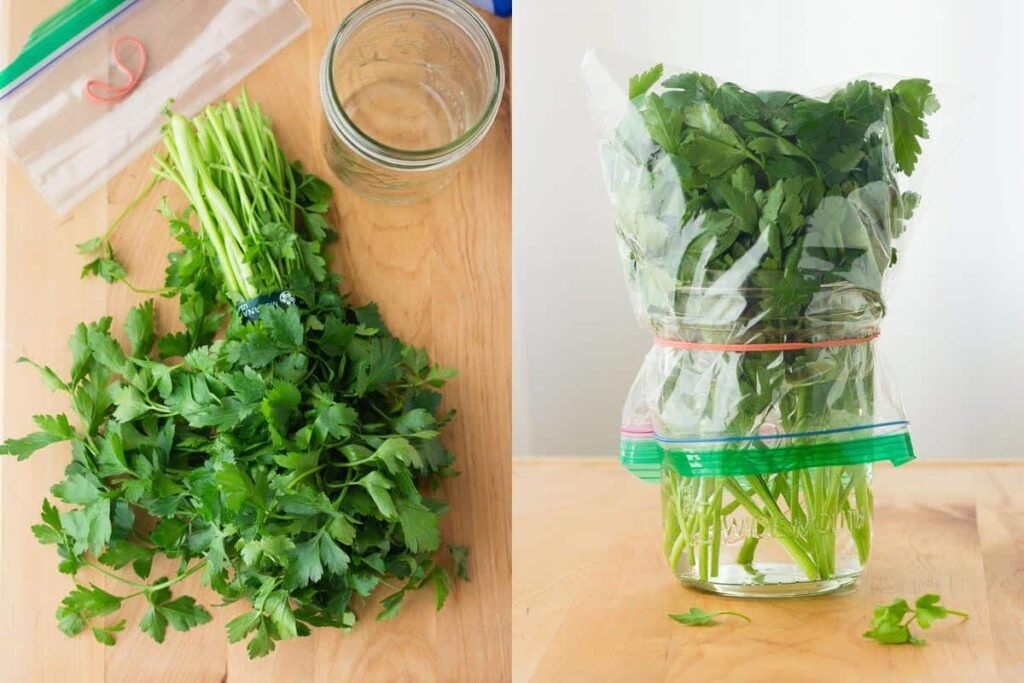
Woody herbs generally prefer dry, cool conditions and don’t fare well sitting in water.
1. Wrap in Dry Paper Towels
Wrap rosemary, thyme, oregano, and sage in dry paper towels and place them inside a resealable plastic bag. Avoid moisture buildup to prevent mold.
2. Use Airtight Containers
Place dry, wrapped woody herbs in airtight containers or jars to protect them from humidity and odors in the fridge.
3. Keep in a Cool, Dark Place
If you plan to use woody herbs within a few days, storing them in a cool pantry or cupboard is fine, especially rosemary and thyme.
Freezing Fresh Herbs for Long-Term Storage
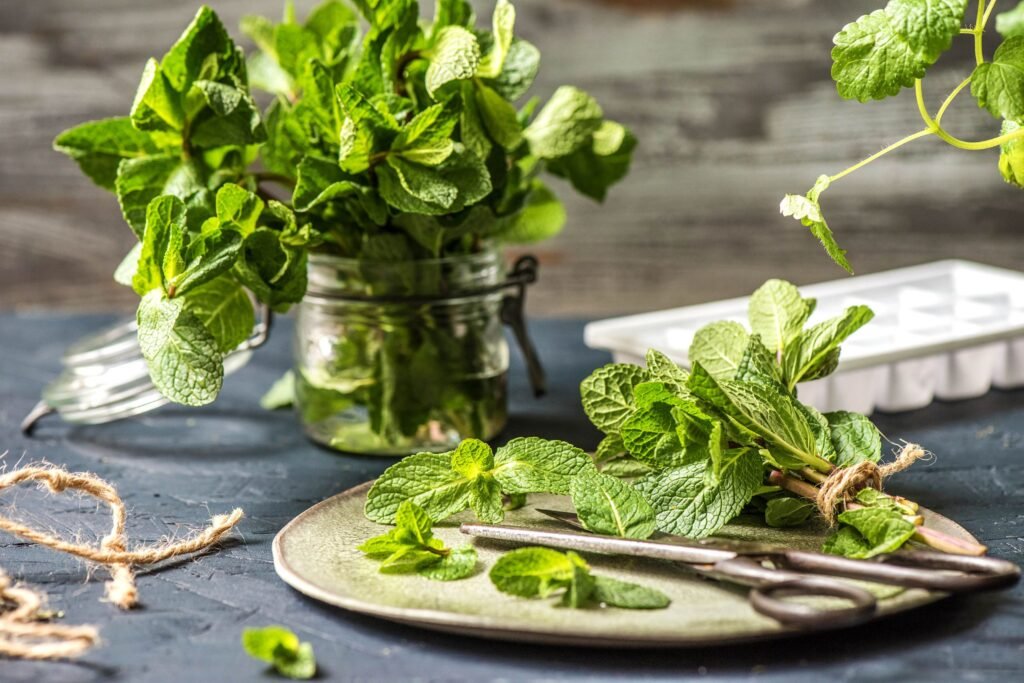
When you have a surplus of herbs or want to store them long-term, freezing is an excellent option.
How to Freeze Herbs:
- Wash and Dry: As usual, remove debris and dry thoroughly.
- Freeze Whole or Chopped: Spread leaves on a baking sheet to freeze individually, then transfer to a freezer bag; or chop herbs and freeze in ice cube trays with water or olive oil.
- Label and Date: Use airtight freezer bags or containers to prevent freezer burn.
Frozen herbs retain flavor best in cooked dishes rather than fresh applications because freezing changes the texture.
Drying Herbs
Drying is another traditional preservation method ideal for woody herbs.
- Tie small bunches of herbs and hang upside down in a warm, well-ventilated place out of direct sunlight.
- Once crisp, crumble leaves into airtight containers.
- Store in a cool, dry place.
Note: Drying changes flavor intensity and is less suitable for tender herbs.
How to Revive Wilted Herbs
If your herbs are limp but not spoiled:
- Trim the ends of the stems.
- Place herbs in a glass of cold water and refrigerate for a few hours.
- For basil, keep at room temperature with stems in water.
- Mist leaves lightly before use.
Additional Tips for Keeping Herbs Fresh
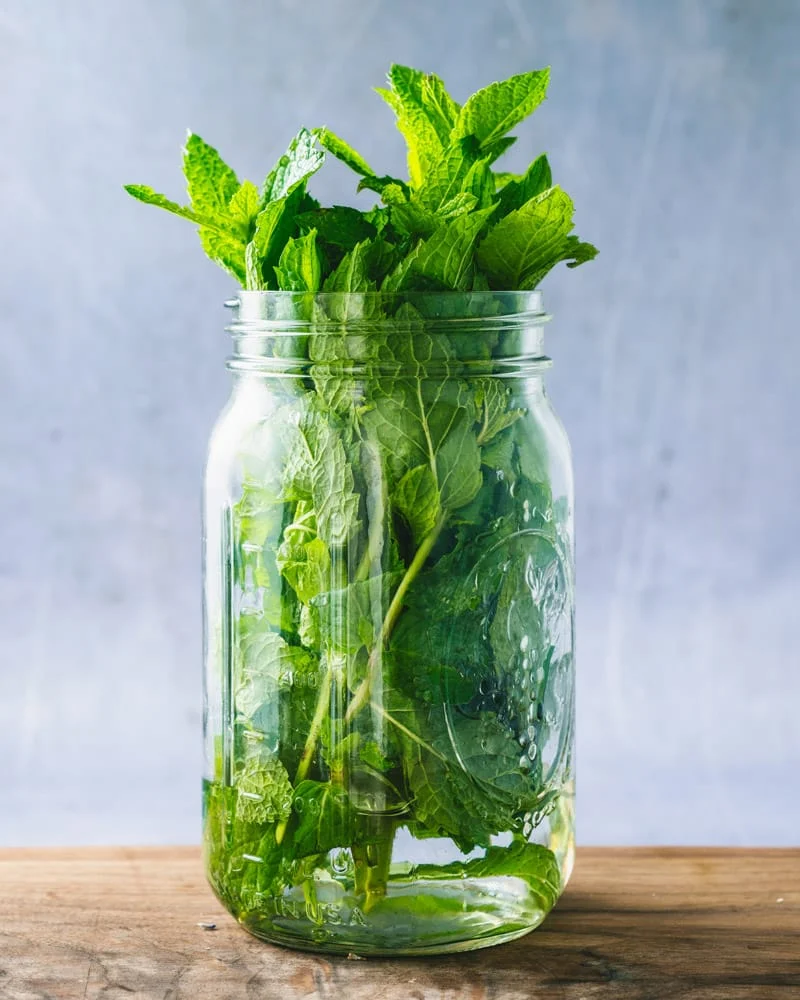
- Don’t wash until ready to use: Excess moisture can cause spoilage.
- Use breathable storage: Poke holes in plastic bags to prevent condensation.
- Rotate stored herbs: Use older herbs first to reduce waste.
- Grow herbs indoors: Continuous access to fresh herbs reduces storage needs.
Conclusion
Storing fresh herbs properly can extend their shelf life from just a few days to several weeks, allowing you to enjoy their full flavor and aroma longer. By understanding the differences between tender and woody herbs, preparing them correctly, and choosing the best storage method—whether in water, wrapped in towels, refrigerated, frozen, or dried—you can keep your herbs fresh and ready to enhance every meal.
Taking these steps not only preserves the quality of your herbs but also reduces waste and saves money, making your gardening and cooking efforts even more rewarding.
